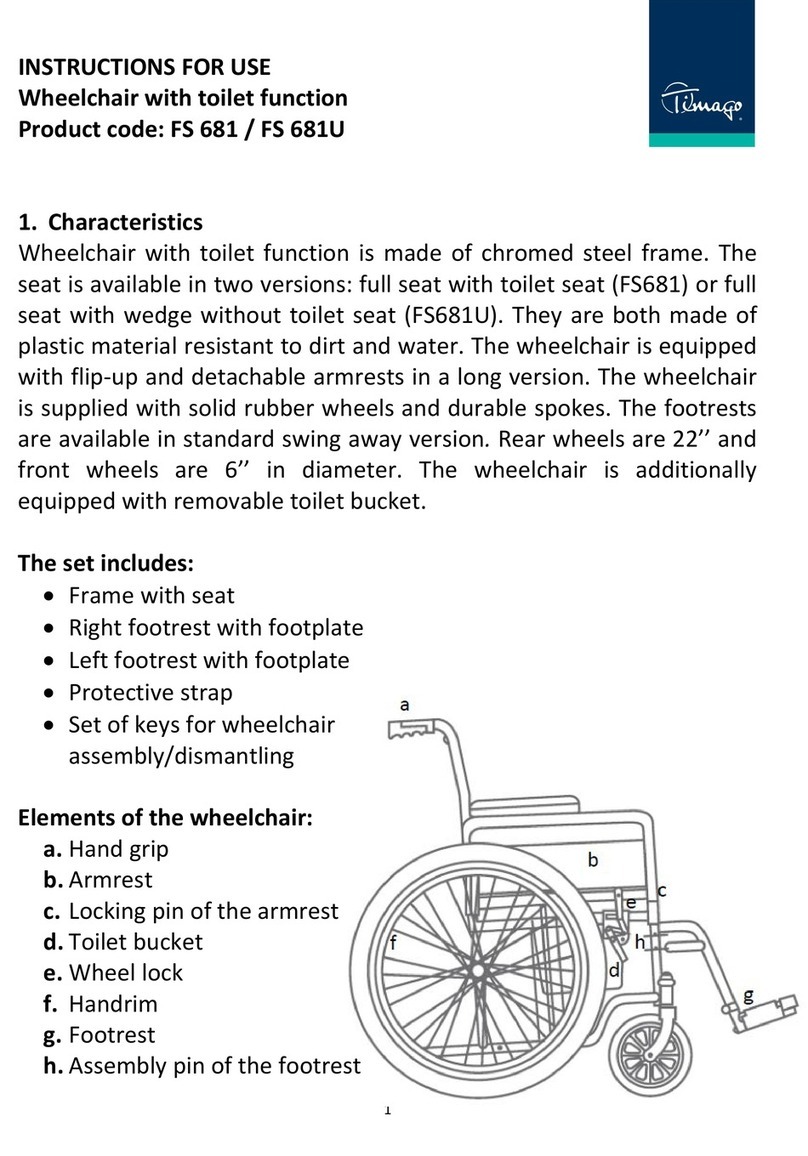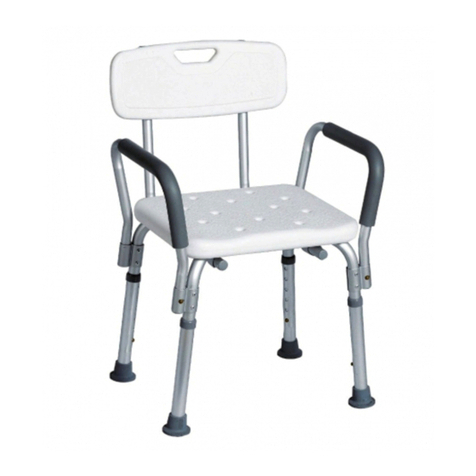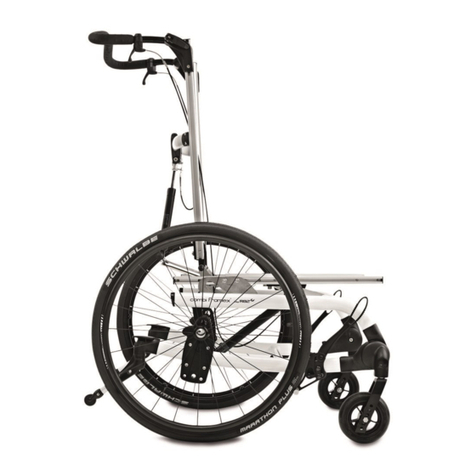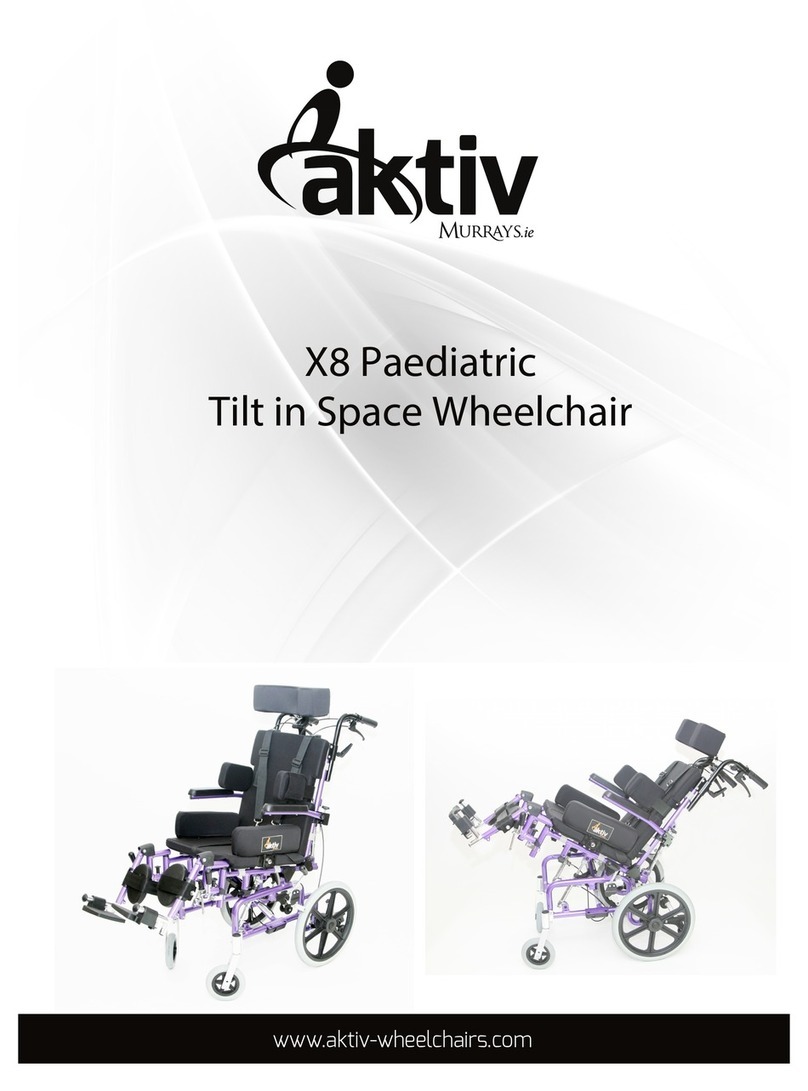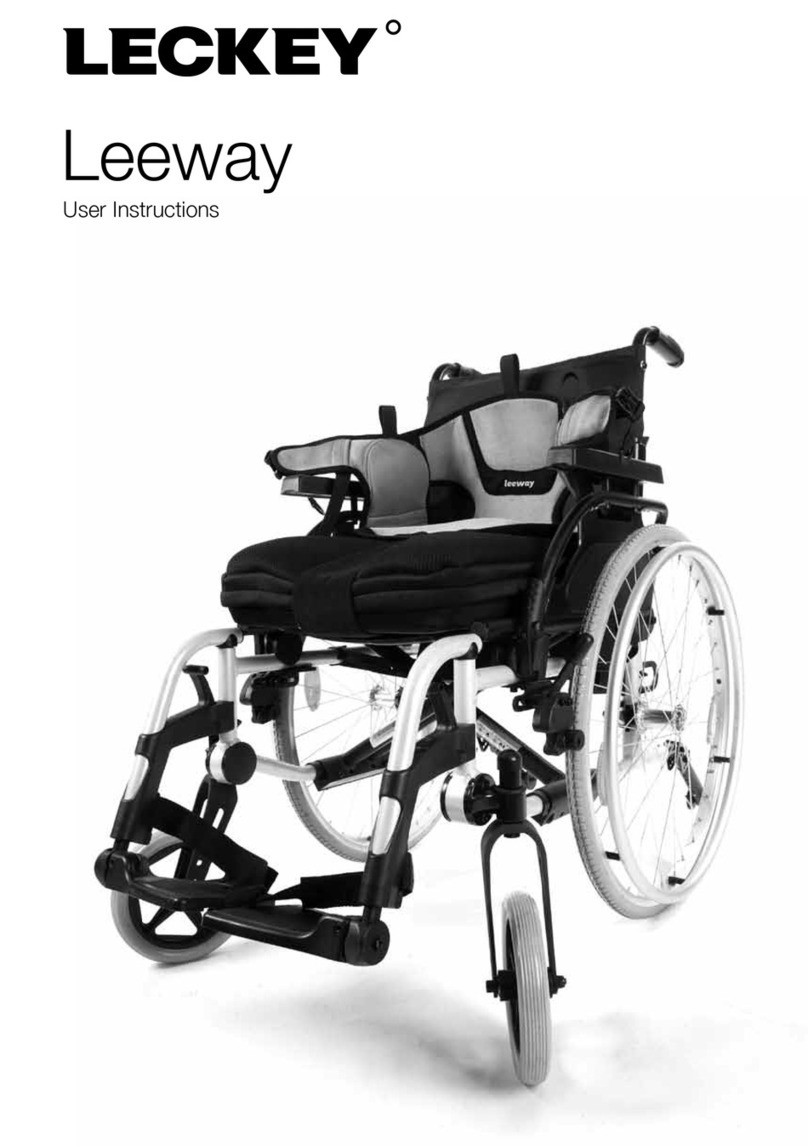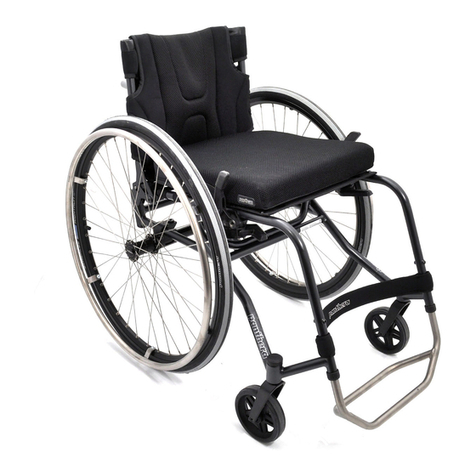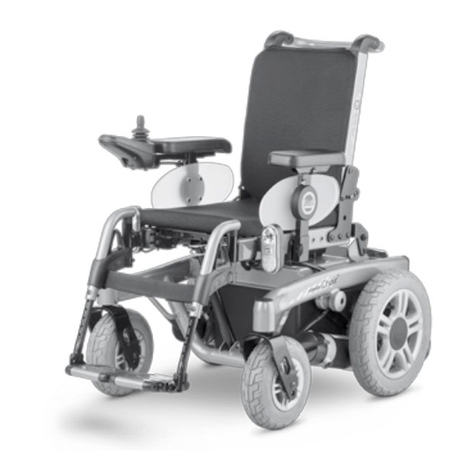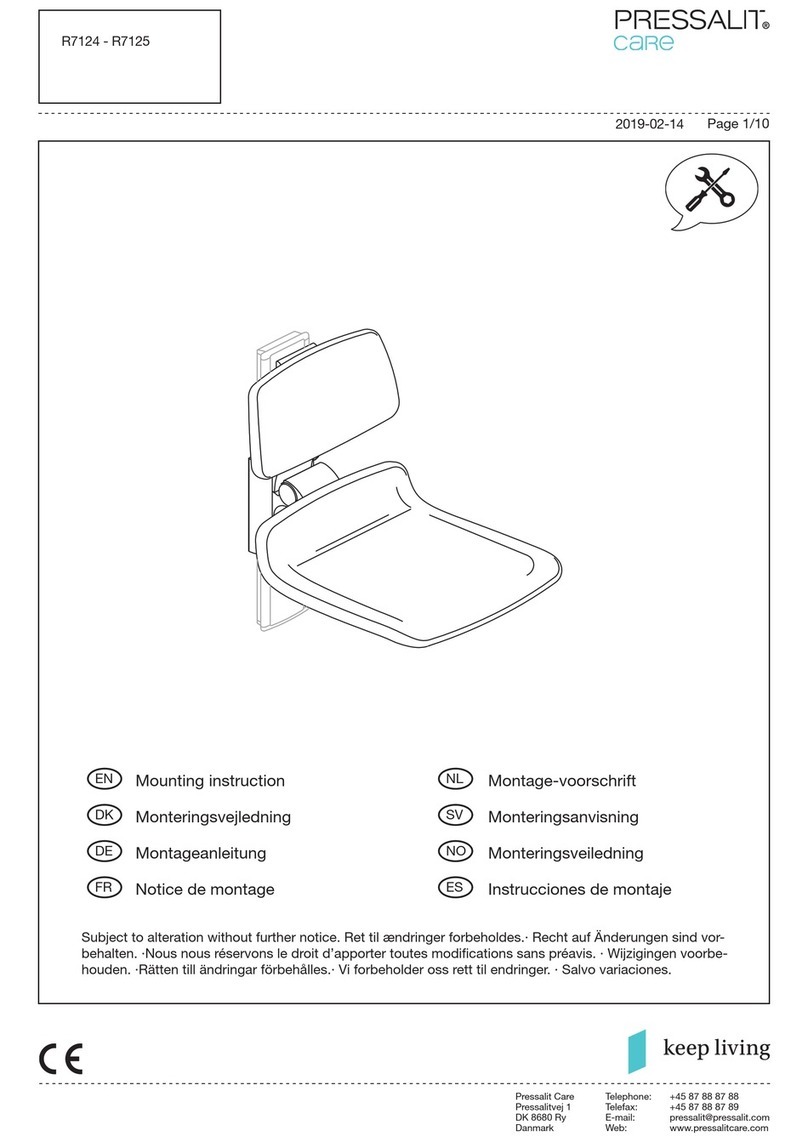Timago TGR-R WA C2600 User manual














Table of contents
Other Timago Wheelchair manuals
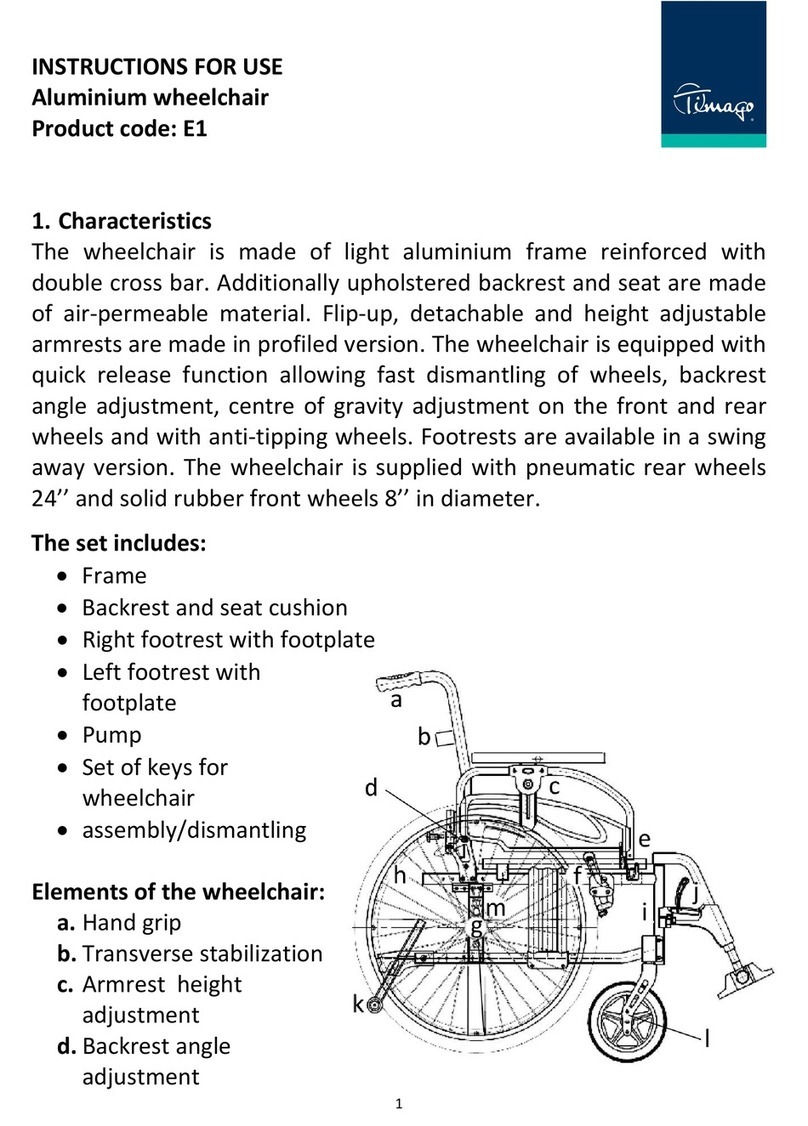
Timago
Timago E1 User manual

Timago
Timago FS 7962L User manual
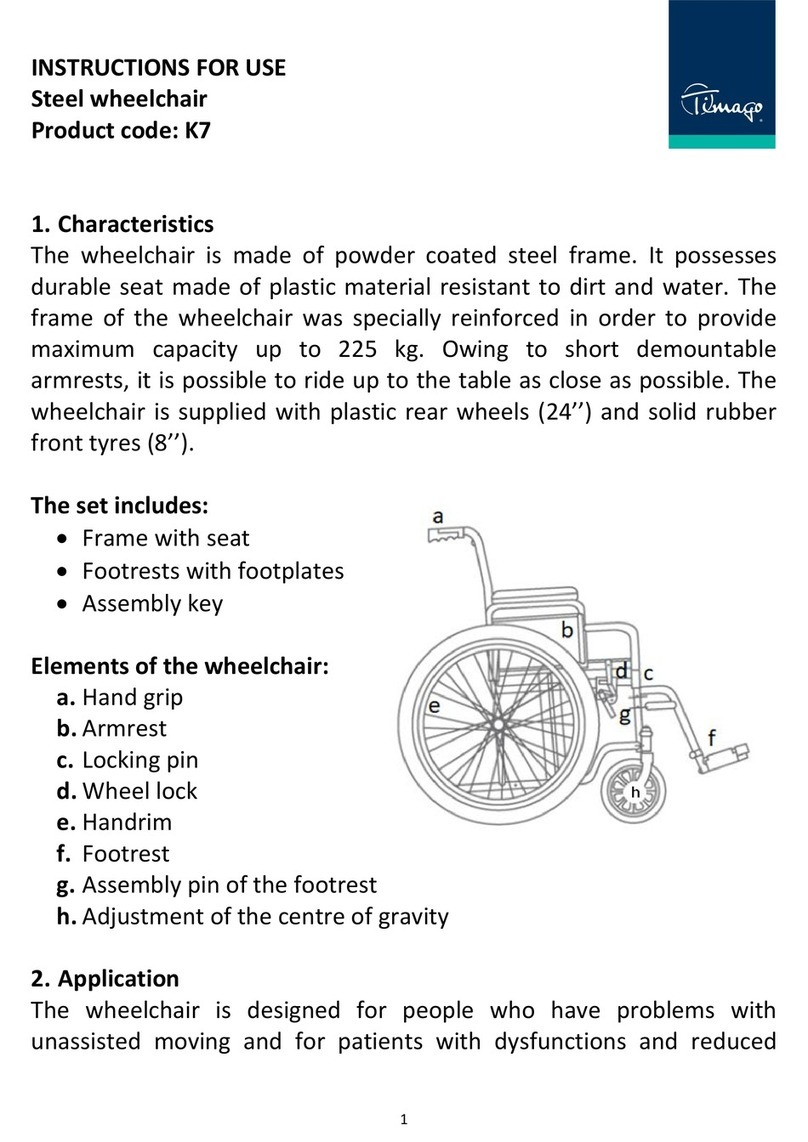
Timago
Timago Big-TIM User manual
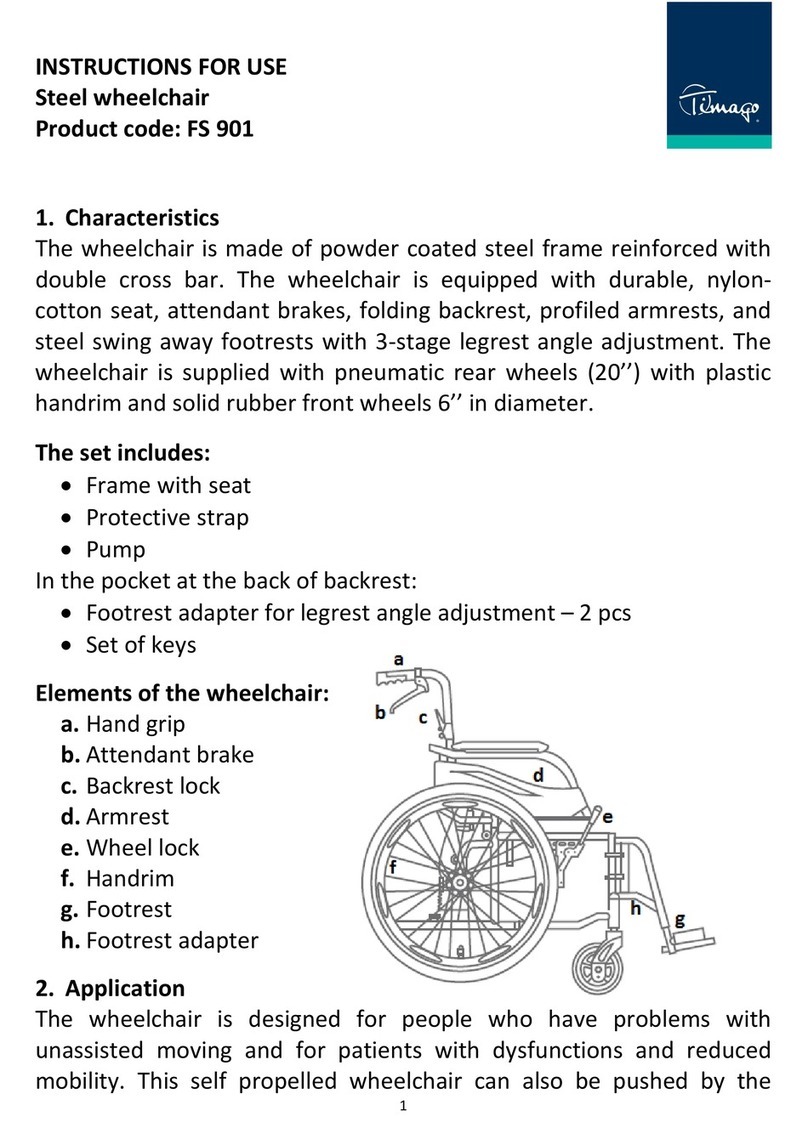
Timago
Timago FS 901 User manual

Timago
Timago T101 User manual
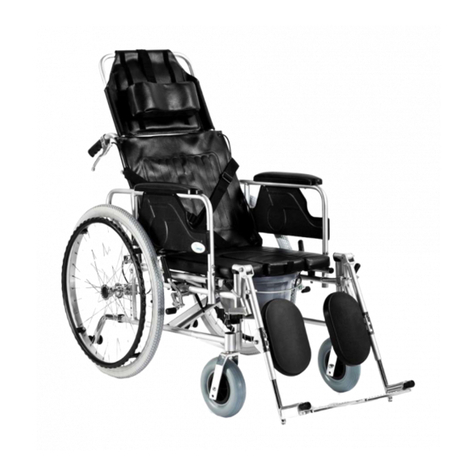
Timago
Timago FS 654 LGC User manual
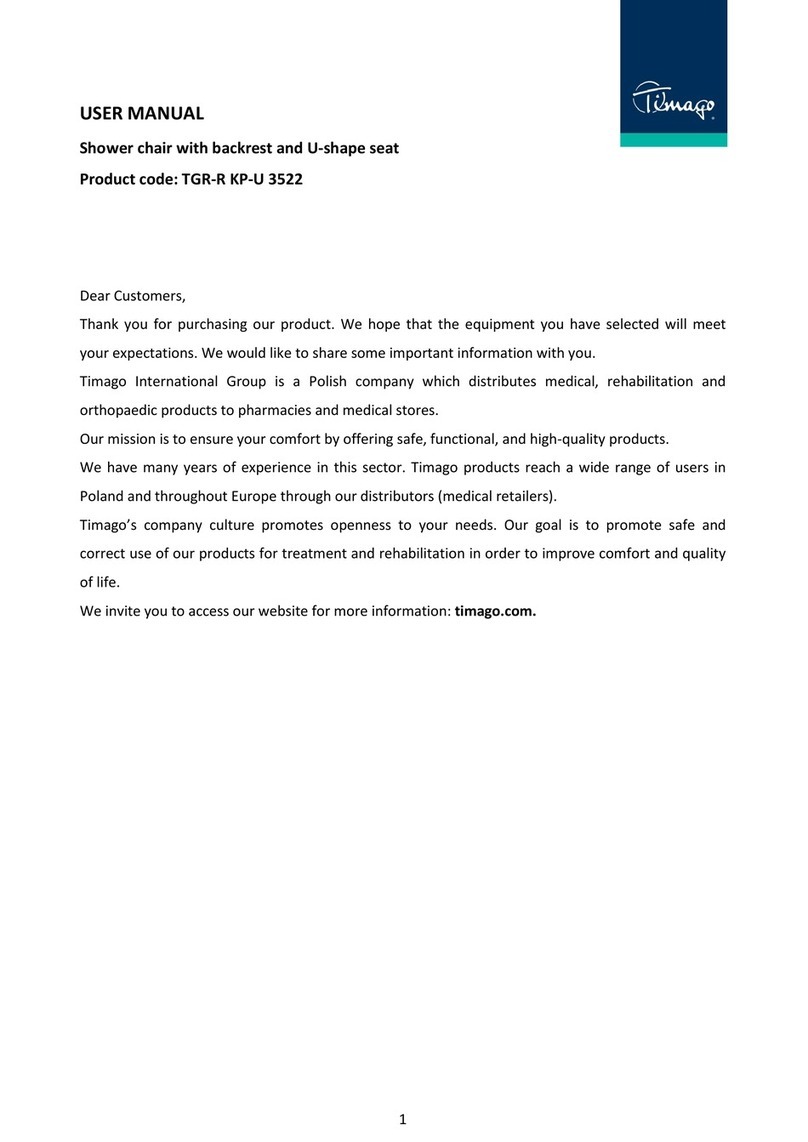
Timago
Timago TGR-R KP-U 3522 User manual
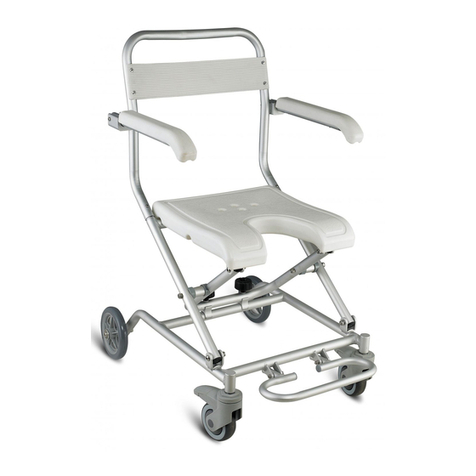
Timago
Timago FS 7962L User manual
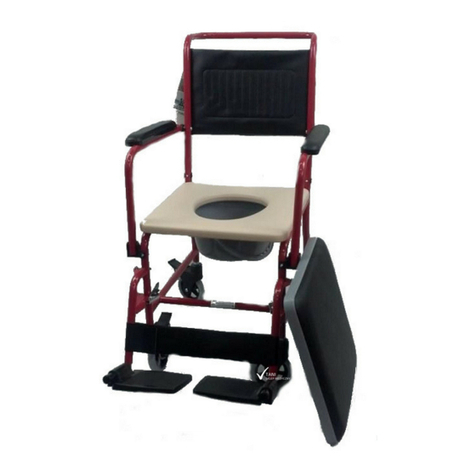
Timago
Timago FS 692 User manual
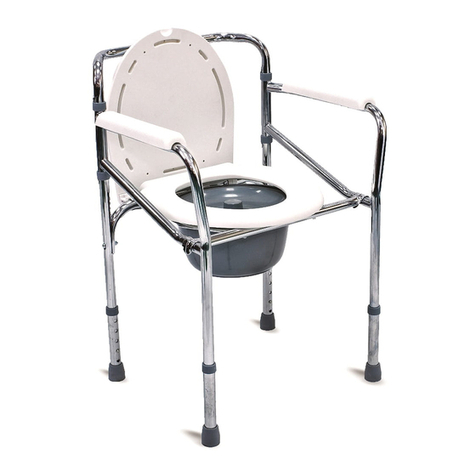
Timago
Timago FS 894 User manual
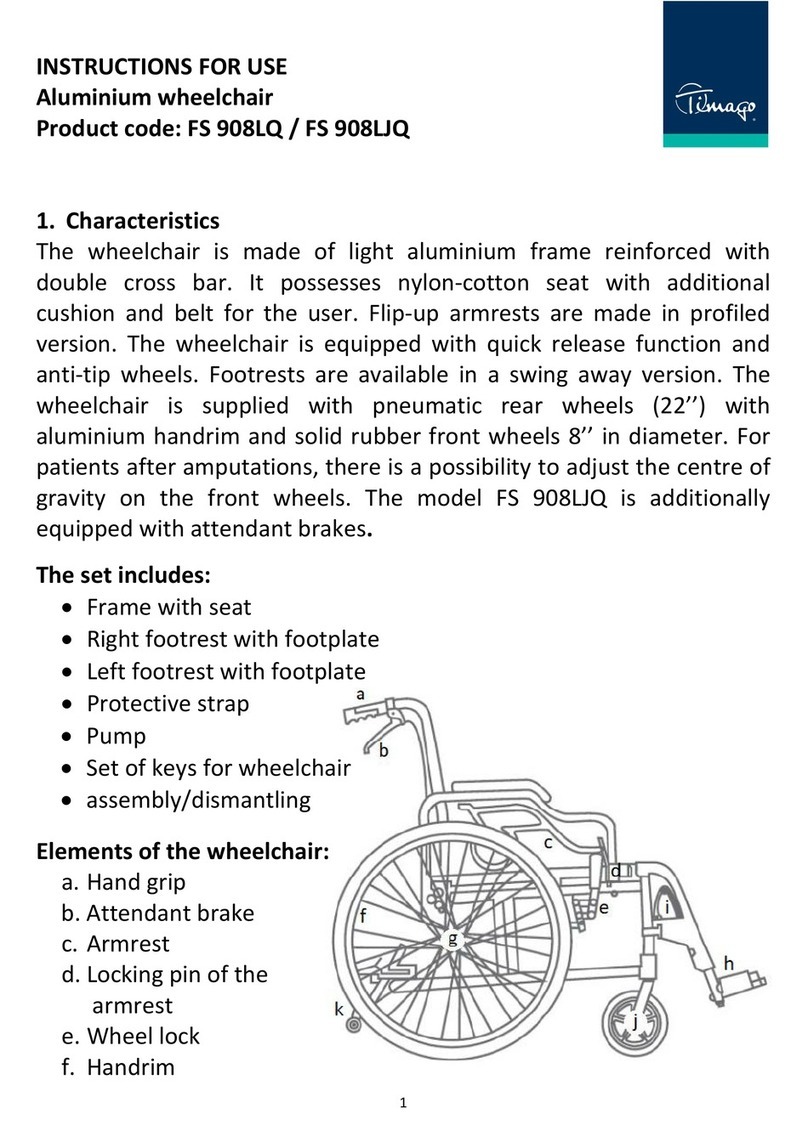
Timago
Timago FS 908LQ User manual
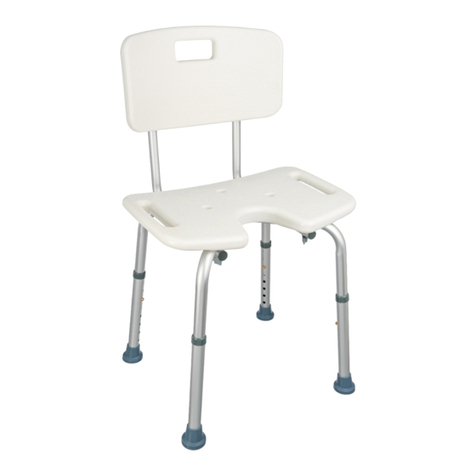
Timago
Timago TGR-R KP-U 3522L User manual
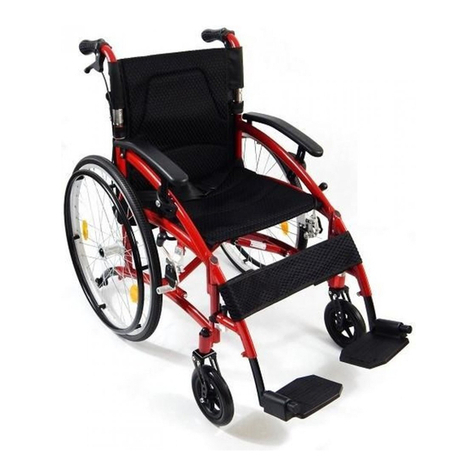
Timago
Timago TGR-R WA 6700 User manual

Timago
Timago MASTER-TIM User manual

Timago
Timago SIMPLE-TIM User manual

Timago
Timago T101 User manual

Timago
Timago TGR-R PP 474 User manual

Timago
Timago H011 User manual
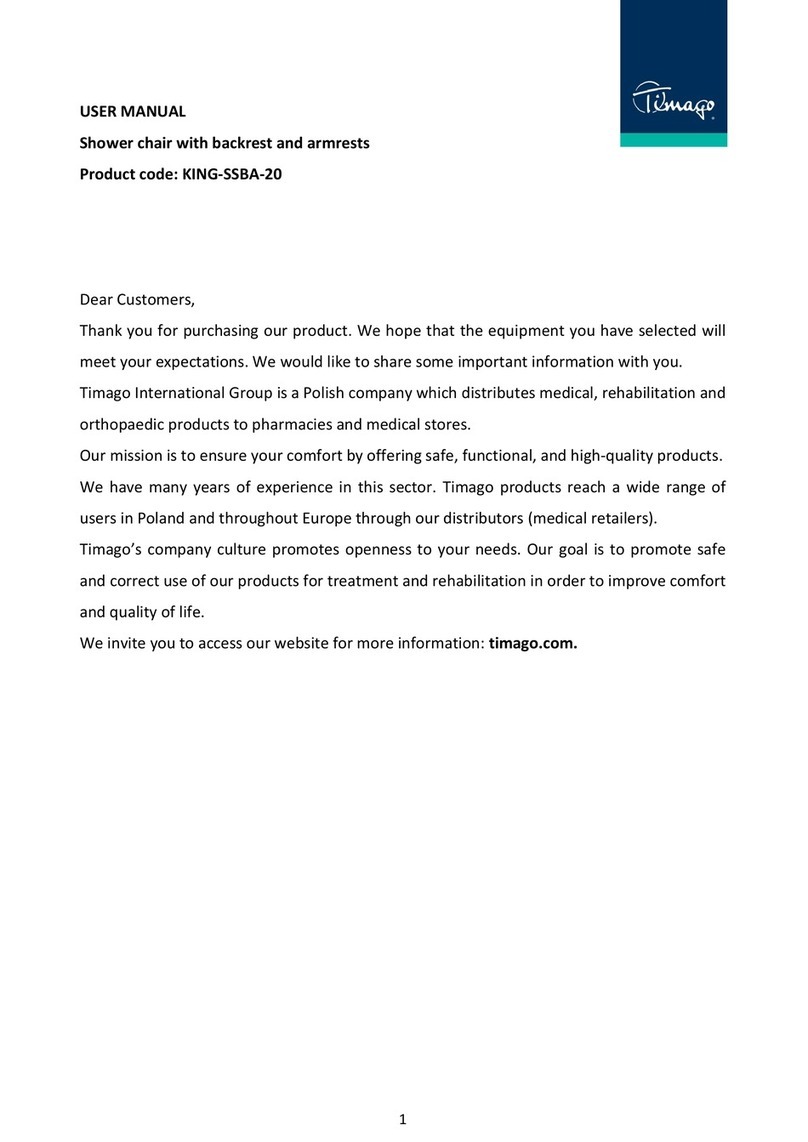
Timago
Timago KING-SSBA-20 User manual
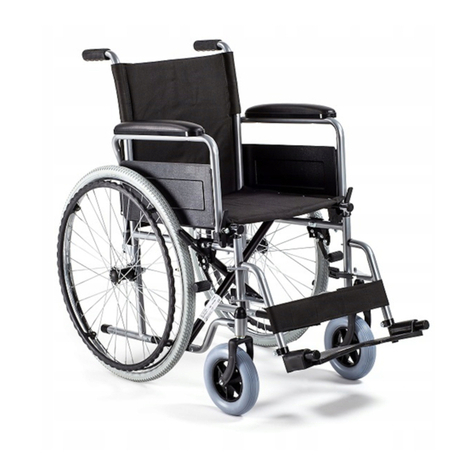
Timago
Timago H011-B User manual
Popular Wheelchair manuals by other brands
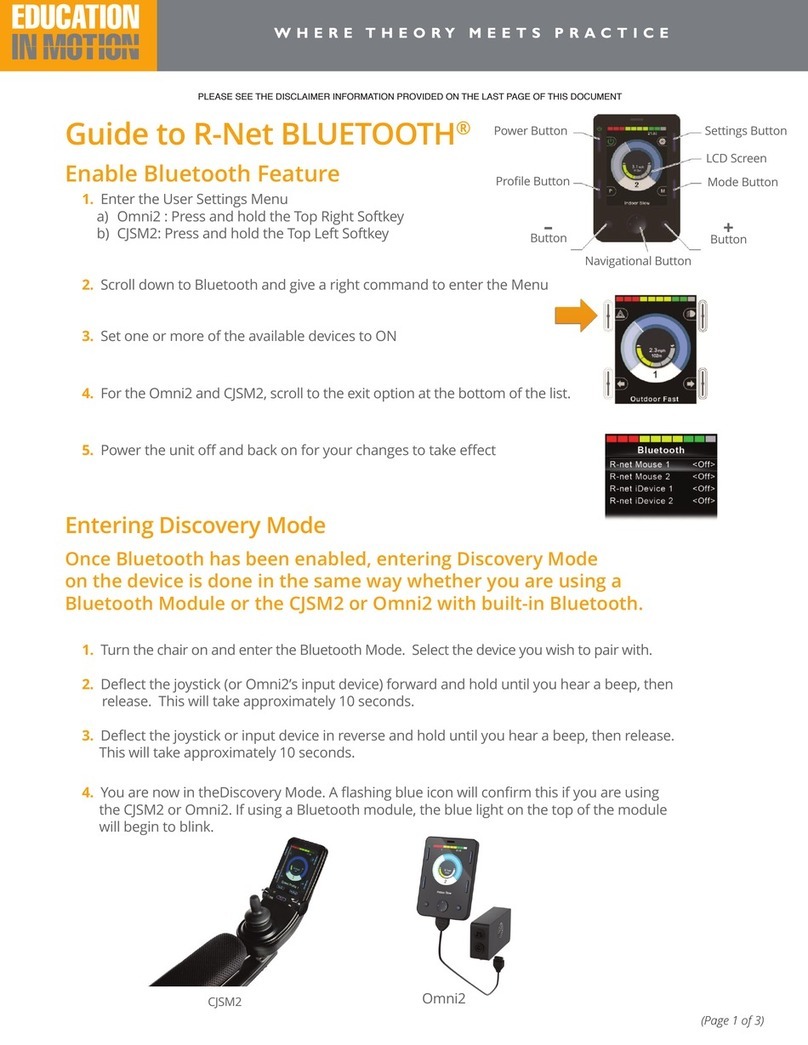
Sunrise Medical
Sunrise Medical R-Net BLUETOOTH Guide
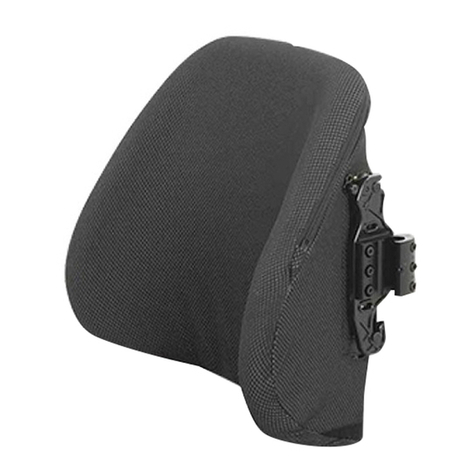
Invacare
Invacare Matrx PB Elite user manual
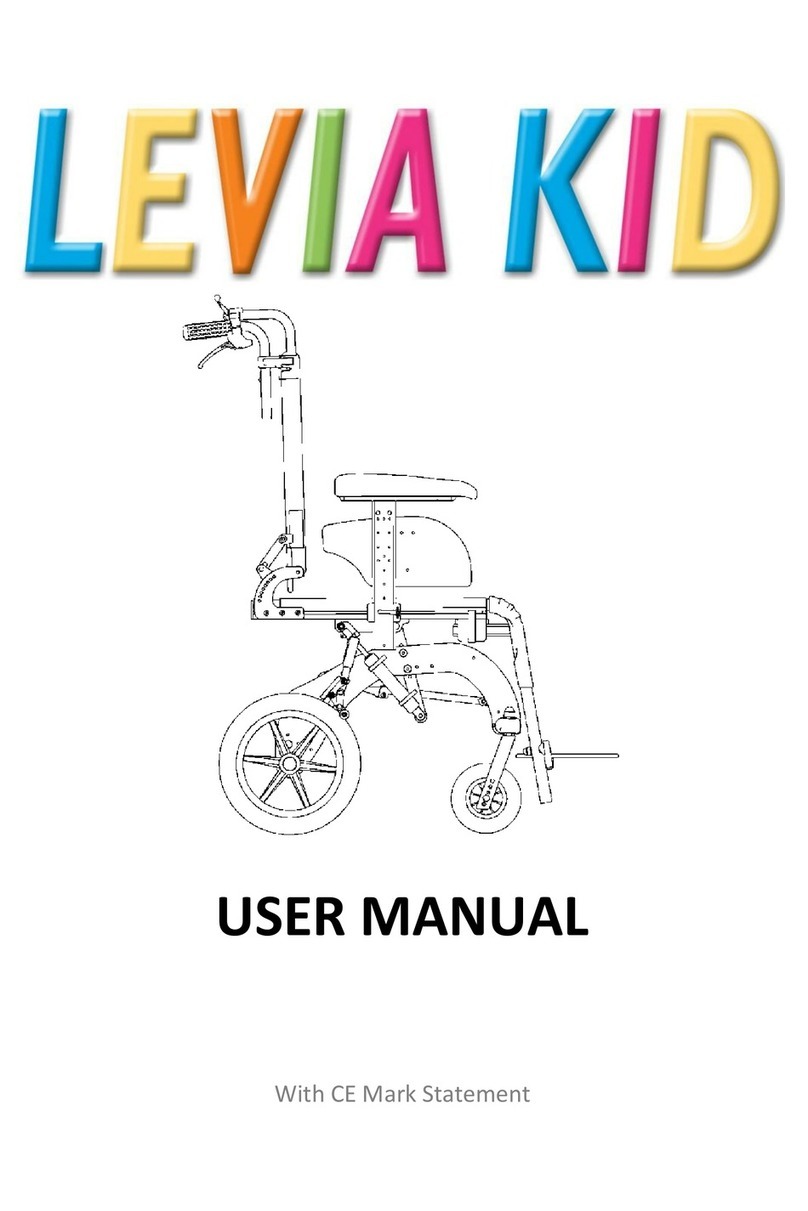
Neatech
Neatech LEVIA KID user manual
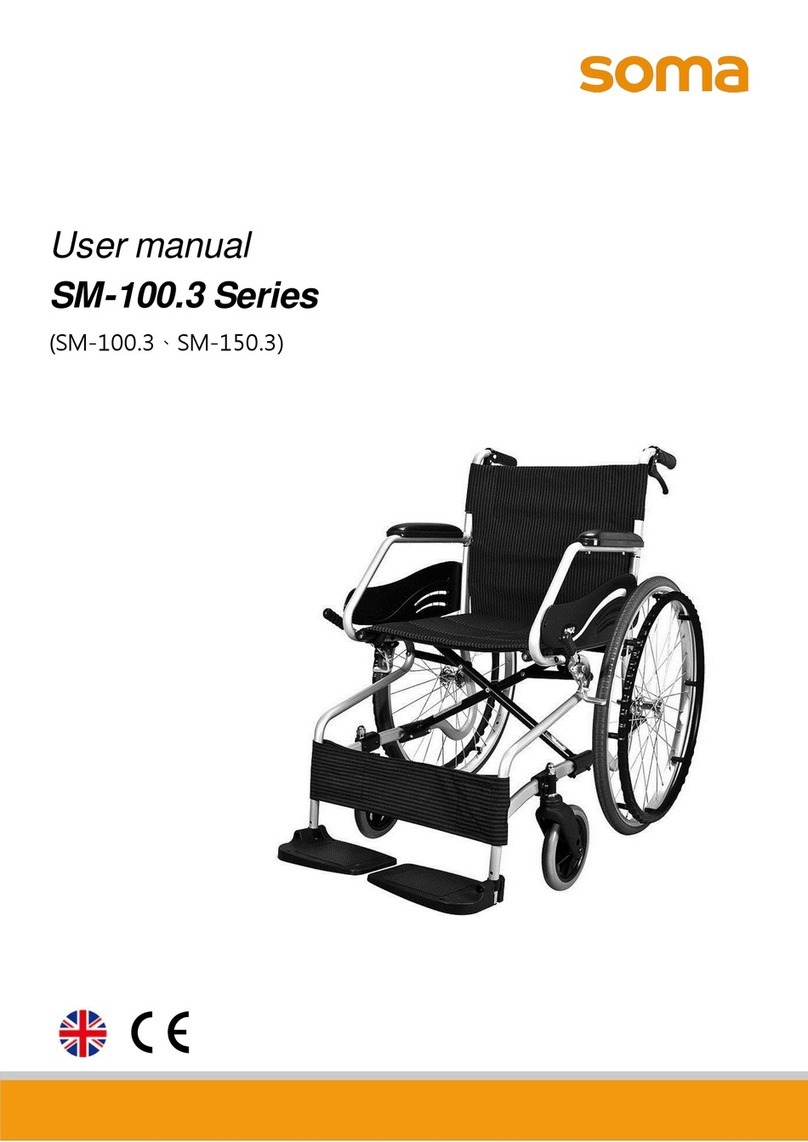
SOMA
SOMA SM-150.3 user manual

Sunrise Medical
Sunrise Medical Wheelchair Quickie S-525 User instruction manual & warranty
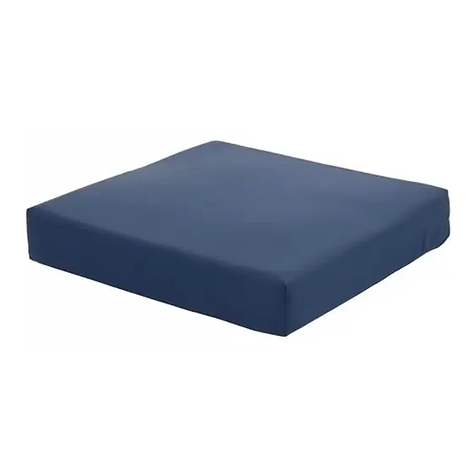
Direct Supply
Direct Supply Direct Choice Basic Cushions owner's manual
